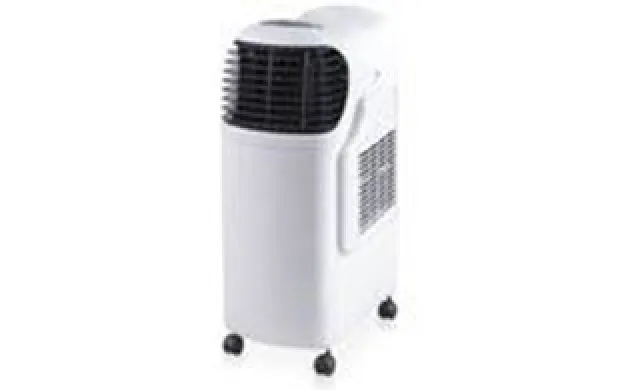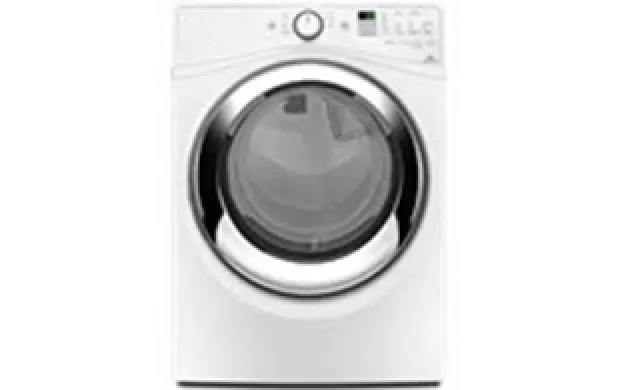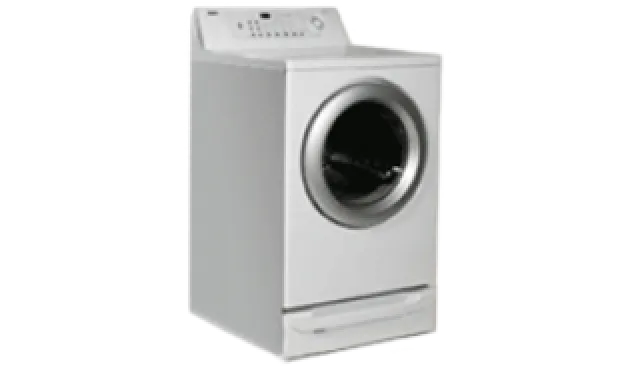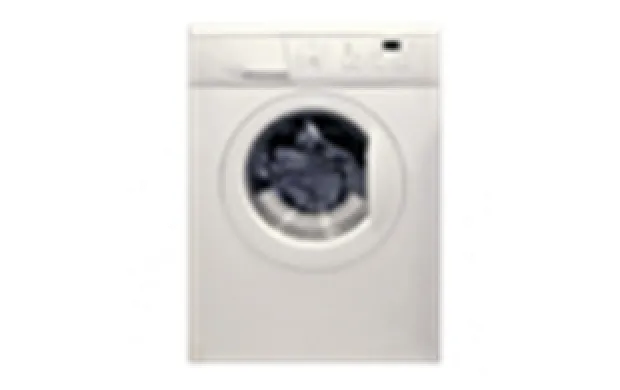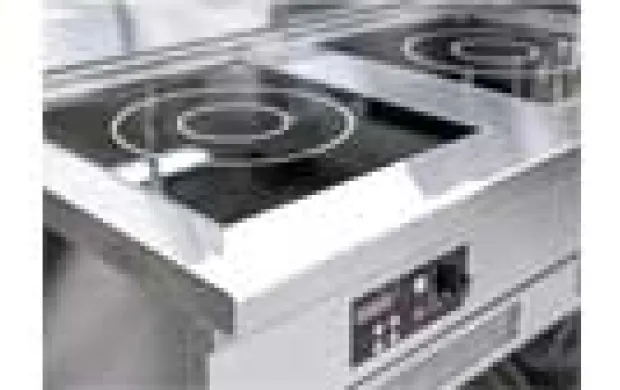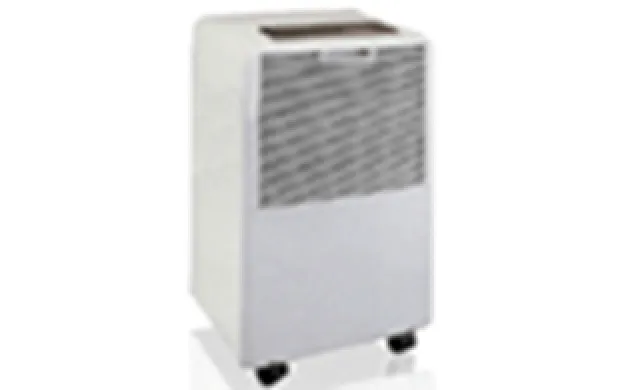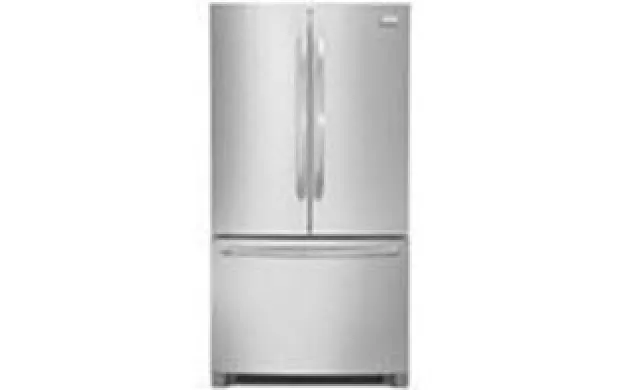Electric Cooking Products
For PartnersWhy ENERGY STAR?
ENERGY STAR certified electric cooking products are 18% more efficient, on average, compared to standard models. If you are remodeling, you might also consider a certified refrigerator and dishwasher for a complete ENERGY STAR kitchen suite! By choosing kitchen appliances that have earned the ENERGY STAR, you could save about $375 over the products’ lifetime.
Electric cooking products are better for the air quality in your home compared to gas ranges because they avoid burning gas or propane, which are a source of air pollutants. ENERGY STAR certified electric cooktops and ranges are designed with safety, ease, and energy efficiency in mind, making them the perfect choice whether you are continuing or just beginning to prepare your home for the clean energy future.

Rebate Finder
Our partners sponsor rebates on certified products.
What else should I look for when buying an electric cooking appliance?
There are several types of electric cooking products that are eligible for the ENERGY STAR label. These include standalone/portable cooktops and ranges, which are sometimes called stoves.
Why should I switch from gas to electric cooking appliances?
- Reduce exposure to indoor air pollutants. Switching to electric cooking improves indoor air quality and benefits your health. Burning fuel through cooking can release harmful carbon monoxide,[1] nitrogen oxides,[2] formaldehyde,[3] and particulate matter,[4] creating indoor air pollution inside your home. As noted on EPA’s Indoor Air Quality website, exposure to this indoor air pollution can lead to increased risk of certain health conditions, such as dizziness, headaches, asthma, and respiratory infections. Replacing your gas cookware with electric cooking appliances can reduce the amount of harmful emissions in the air and reduce your family’s exposure to household air pollutants. Further, the American Lung Association[5] found the following:
- Appliances using combustion to create energy can increase asthma symptoms in children and other vulnerable populations. Studies show consistent associations between higher pollution levels and detrimental respiratory effects in children, including worse lung function for children with asthma.
- Indoor exposure to emissions from cooking on gas stoves can worsen asthma symptoms, cause wheezing, and result in reduced lung function in children, particularly in the absence of ventilation and for children living with asthma or allergies.
- Using fuel-burning appliances at home also impacts the environment. The report showed that residential and commercial emissions made up 13% of total U.S. global warming emissions in 2020. Petroleum-based fuels, including natural gas, propane, fuel oil and kerosene are the primary driver of these emissions.
Consider the benefits of induction.
If you’re interested in the latest innovative cooking technology designed to improve the energy efficiency of your kitchen, you might want to consider an induction cooking top. Induction cooktops and ranges use electromagnetic energy to heat up ferromagnetic cookware internally, making the heating process much more efficient than conventional models.
Reasons to consider induction:
- Energy Efficiency. When using induction, about 85% of heating energy is transferred to what is in the cookware compared to only a third of the heating energy when using gas cooking products.[6]
- Cook Time. Cooking with induction means quicker heat up times and better precision temperature control over cooking with gas, radiant, or coil. For example, boiling water with induction can take nearly half the time compared to gas, radiant, or coil.
- Safety. Induction heats up the cookware, so the cooking top surface will not be hot to the touch without a pot or pan in place. More of the heating energy is transferred to cooking and less heat is released into the kitchen, which can help keep kitchen temperatures lower compared to gas or standard electric cooking products.
Induction cooking tops require that you use compatible cookware but many pots and pans you already have in your kitchen may be compatible, such as cast iron, stainless steel, and enameled cast iron. If you are unsure what your cookware is made of, you can check if your cookware is compatible with a refrigerator magnet. If the magnet sticks to the cookware, it will work with induction. If shopping for new cookware, many induction compatible pots and pans will have an induction logo on the box if it is compatible.
Find the right fit for your home
ENERGY STAR certified electric cooking products are available in a variety of styles, sizes, and functionalities, so you can find the product that is right for your home. With all the many options on the market, here are some of the ways you can customize your electric cooking experience to best suit your needs.
- Functionality. Are you looking to fully replace your cooking range? Or are you only interested in switching to an electric cooktop for your kitchen? You can choose between a slide-in range that will sit flush between your existing countertops, a freestanding range that can occupy a separate space in your kitchen, or a cooktop that fits into your countertop. In addition to standalone electric ranges, some electric cooking products are sold as a cooktop/oven combo set, giving you the option to separate your cooktop from your oven. These choices allow you to select a product based on your aesthetic preferences and the space limitations of your kitchen.
- Range width and cooking zones. Space is a key factor to determining which product is best for your kitchen. Most cooking tops fall within 30 to 36 inches in width, though some products are outside of that range if you are tight on space or have a lot of room to spare. Cooking tops will typically have four to six burners, depending on size. Concentric cooking zones have the same center point and can be used for different sized cookware. Some have bridging elements that allow two or more heating zones to operate in unison to accommodate uniquely sized cookware such as griddle cookware. Some models offer other specialty zones such as simmering or power heating.
Additional product features. Many ENERGY STAR certified cooking products include smart features that allow the cooking top to connect to a mobile app or other devices. Other common features include cookware sensors that generate heat based on the size and location of the cookware, control locks, and indicator lights for active heating and hot surface.
- Capacity. If you are purchasing an electric cooking product that includes an oven, you’ll want to take note of how much capacity the oven can hold. Most ovens included in electric ranges have a capacity of 5-6 cubic feet.
Be sure to look for the ENERGY STAR when shopping for residential electric cooking appliances
Current Specification Effective Date: September 25, 2023
The ENERGY STAR criteria for residential electric cooking products include standalone/portable cooktops and ranges, but not standalone ovens.
Residential Electric Cooking Products Key Product Criteria
Learn How a Product Earns the Label
[1] U.S. EPA, Indoor Air Quality, Carbon Monoxide's Impact on Indoor Air Quality | US EPA
[2] U.S. EPA, Indoor Air Quality, Nitrogen Dioxide's Impact on Indoor Air Quality | US EPA
[4] U.S. EPA, Indoor Air Quality, Indoor Particulate Matter | US EPA
[5] American Lung Association, Literature Review on the Impacts of Residential Combustion, July 2022; New Report Details Health and Environmental Impacts of Fuel-Burning Appliances at Home | American Lung Association
[6] Source Frontier Energy, July 2019
- Proper maintenance can help improve the performance of your electric cooking products. Make sure to clean them thoroughly and often, as built-up food residue can negatively affect your cooking experience. For cooking tops, scrubbing the surface after cooking (after it has cooled off) with soapy water is usually enough to keep it clean. Most ovens have a self-cleaning mode, which burns any leftover food residue so you can wipe out the charred bits afterwards.
- Most electric and induction cooking tops are made of glass or ceramic and are vulnerable to scratches and cracking. Refrain from using scouring sponges to clean your cooking top, as they may leave scratches in the surface, and be careful when handling heavy cookware, which can damage the cooking top if dropped or roughly dragged across the surface.
- While induction stove tops require certain compatible cookware, you may find that many of the pieces of cookware you currently have in your kitchen happen to be compatible. A simple way to identify if your cookware is induction-compatible is to stick any magnet to the bottom of the cookware—if it sticks, it’s compatible.
- Be cautious when using plastic utensils such as spatulas around your electric cooking top, which can melt if placed precariously on the cooking surface at high temperatures. (Note: this is less of a concern with induction cooking tops, which do not produce significant residual surface heat.)

Your go-to resource for the latest advice from ENERGY STAR experts on saving energy at home and work.
Join Mailing List
Sign up for newsletters from ENERGY STAR to help you save money and energy at home.


